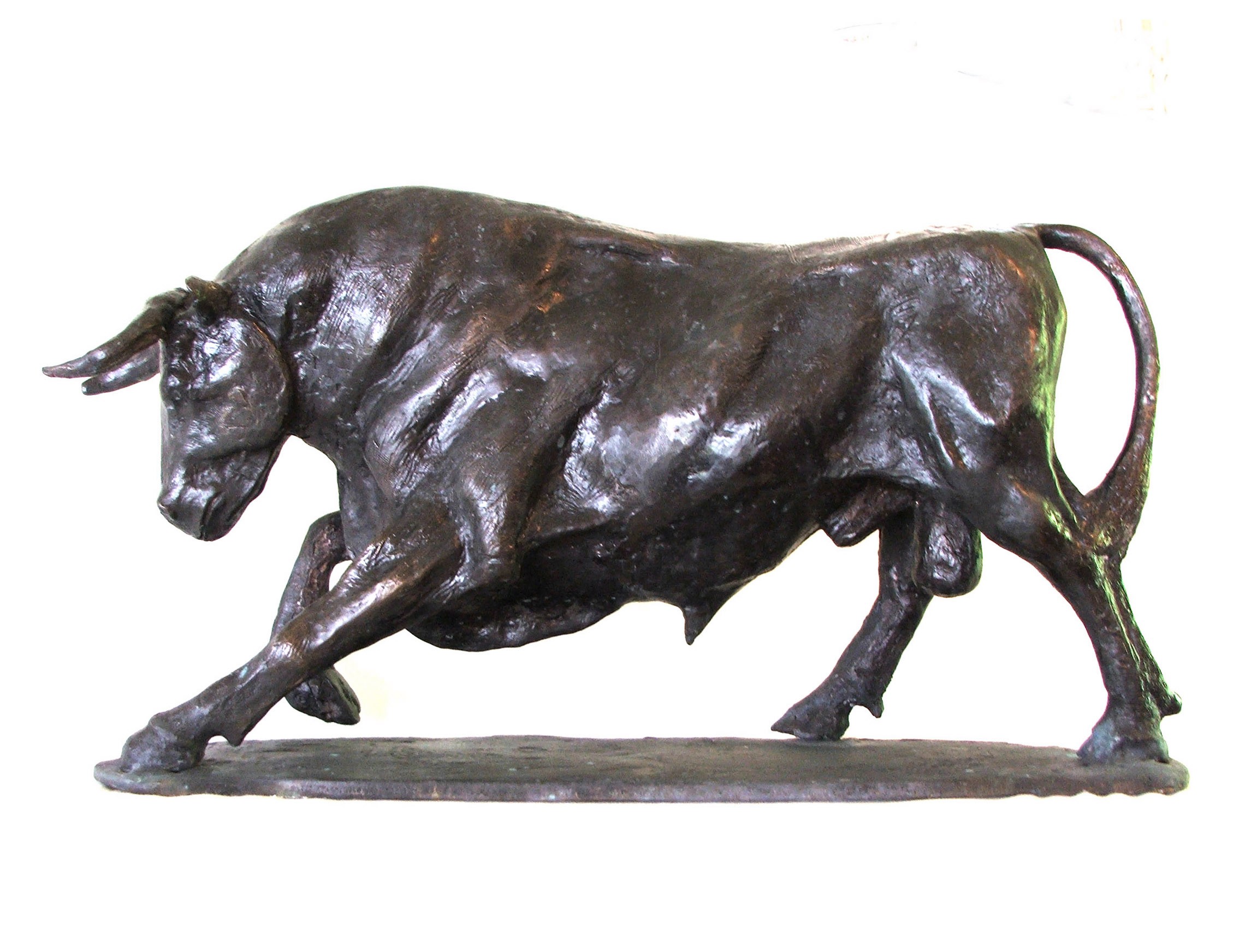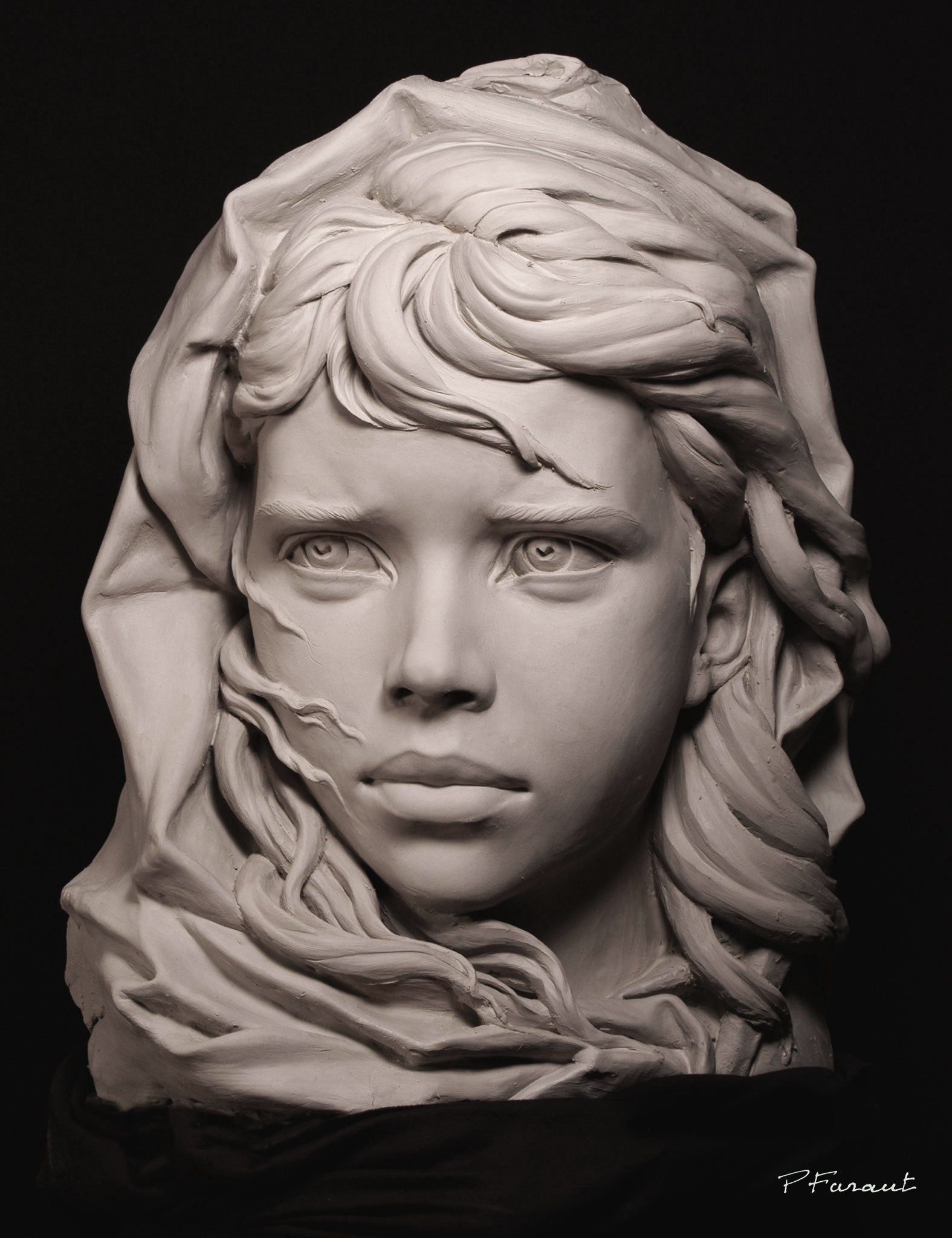Portrait Sculptor: Capturing Essence in Three Dimensions
Wiki Article
The Evolution of Sculptures: From Old to Modern
The Development of Sculptures: From Old to Modern.Sculpture, one of the oldest types of art, has been an essential component of human civilization for millennia (Robert C Hitchcock Sculptor). From the ancient people of Egypt and Greece to the modern period, sculptures have actually evolved, mirroring modifications in imaginative strategies, products, and social impacts. This journey via time traces the growth of sculptures, exploring the shifts stylishly, subject matter, and creative expression
Beginning with the ancient globe, sculptures crafted from rock and later bronze caught the significance of deities, rulers, and daily life. The Renaissance duration observed a rebirth of classic sculpting strategies, as artists sought to emulate the graceful kinds of ancient Greek and Roman sculptures. In the modern era, musicians challenged traditional boundaries, welcoming abstraction and trial and error with new products.

This exploration will certainly explore the varied development of sculptures, disclosing the rich tapestry of artistic expression across various periods and cultures.
Old Sculptures: From Stone to Bronze
Ancient sculptures transitioned from being carved out of stone to being cast in bronze. Rock sculptures, while remarkable in their very own right, were restricted by the nature of the product.The intro of bronze as a tool for sculptures produced a revolution in imaginative expression. Bronze supplied carvers the chance to create natural and intricate forms that were not possible with rock. The procedure of casting bronze permitted for the development of several duplicates of a sculpture, enabling wider circulation and preservation of these imaginative masterpieces.
The change from stone to bronze additionally saw a shift in the topic of sculptures. While stone sculptures mostly illustrated gods, goddesses, and mythical numbers, bronze sculptures began to reflect a broader range of subjects, consisting of everyday individuals and pets. This development of subject matter showcased the adaptability and versatility of the bronze medium.
Renaissance Revival: Forming in the Classic Style
The Renaissance revival of sculpture observed a resurgence in the classic style, structure upon the improvements made throughout the change from stone to bronze in ancient sculptures. Throughout this period, artists looked for to recreate the classical visual and perfects of appeal that prevailed in ancient Greek and Roman sculptures.Among the essential features of the Renaissance resurgence was the focus on naturalism and the human type. Artists like Donatello and Michelangelo make every effort to capture the physiological information and expressions of their subjects with unprecedented precision. They researched the human body and integrated their monitorings into their sculptures, leading to realistic and realistic depictions.
Another vital element of the Renaissance rebirth was the exploration of point of view and depth. Artists used methods such as contrapposto, where the weight of the body is changed to one side, creating a sense of activity and dynamism. They likewise tried out with various products, consisting of marble and bronze, to achieve a degree of sophistication and complexity in their sculptures.
The classical style of the Renaissance resurgence had an extensive impact on later durations of art, working as a foundation for the growth of Western sculpture. It brought a restored recognition for the charm and grandeur of the human form, and its tradition can still be seen in modern sculptures today.
Modernism and the Avant-Garde: Damaging Standard Boundaries

Among the vital qualities of modernist sculpture was the focus on abstraction. Carvers moved far from practical depictions and rather concentrated on recording the essence of the topic through simplified kinds and geometric shapes. This departure from standard representation enabled artists to share their feelings and concepts in an extra personal and subjective way.
Furthermore, the progressive movement challenged social standards and conventions, motivating musicians to experiment and push the limits of their art - Equine Sculptures. Artists started incorporating non-traditional materials such as located items, industrial materials, and also natural aspects into their work. This exploration of new products and methods not just expanded the possibilities for sculpture however likewise tested the typical ideas of what might be considered art
Contemporary Sculptures: Checking Out New Materials and Concepts
With a concentrate on exploring brand-new products and principles, contemporary sculptures have actually changed the area of art. Artists today are pressing the borders of traditional sculpture by exploring and utilizing innovative materials with abstract concepts. These sculptures challenge traditional concepts of kind, materiality, and meaning, inviting customers to involve in a thought-provoking and brand-new creative experience.Contemporary carvers are welcoming a broad array of products, including plastic, glass, metal, and even organic issue. Bronze Sculptures. They are not limited to the traditional tool of rock or clay, permitting for better freedom of speech and experimentation. This change towards non-traditional materials has actually opened up new possibilities for artists to create sculptures that are dynamic, interactive, and aesthetically striking
In enhancement to discovering new products, contemporary sculptures likewise dive right into facility and abstract concepts. Musicians are currently discovering styles such as identity, social issues, and the atmosphere, making use of sculpture as a powerful medium for social discourse and self-questioning. These sculptures test visitors to assume critically and involve with art on a much deeper degree, sparking conversations and prompting psychological feedbacks.
Worldwide Influences: Sculptural Customs From All Over The World

In old Egypt, sculptures were developed primarily for religious and funerary functions. The famous sculptures of gods and pharaohs, such as the Great Sphinx and the bust of Queen Nefertiti, showcase the Egyptians' mastery of rock sculpting and their belief in the immortality.
In old Greece, sculpture reached its top during the timeless period. Influenced by the perfects of elegance, consistency, and proportion, Greek sculptures emphasized the human type and commemorated the achievements of heroes, gods, and athletes. The popular sculptures of Aphrodite of Knidos and the Discobolus exemplify the Greeks' search of perfection in sculptural art.
In old Rome, sculpture offered both imaginative and political purposes. Portrait Sculptor. Roman sculptures typically depicted emperors, generals, and mythological figures, showing the power and splendour of the realm. The marble statuary of Augustus of Prima Porta and the huge Arc of Constantine are notable instances of Roman sculptural success
Asian sculptural traditions, specifically in India, China, and Japan, have additionally had an extensive influence on the evolution of sculptures. Indian sculptures, such as the elaborately sculpted holy places of Khajuraho and the gigantic sculptures of Buddha, display an abundant fusion of religious, mythological, and building elements. Chinese sculptures, identified by their great workmanship and interest to information, frequently portray deities, pets, and famous numbers. Japanese sculptures, affected by Buddhism, stress simpleness and tranquility, seen in the peaceful sculptures of Buddha and the sophisticated art of bonsai.
The international influences on sculpture go to the website proceed to advance in the modern-day era. As we look to the future, it is specific that the global influences on sculpture will certainly continue to form and redefine this ancient art form.
Conclusion
In final thought, the advancement of sculptures has seen a shift from ancient rock and bronze works to the classical rebirth during the Renaissance. Today, modern sculptures discover new materials and concepts, while likewise attracting inspiration from international sculptural customs - Robert C Hitchcock Sculptor.From the ancient worlds of Egypt and Greece to the contemporary age, sculptures have actually evolved, mirroring modifications in creative strategies, products, and cultural impacts.Starting with the ancient world, sculptures crafted from rock and later on bronze captured the essence of deities, leaders, and daily life.Old sculptures transitioned from being sculpted out of rock to being cast in bronze. While stone sculptures mainly shown gods, goddesses, and mythological figures, bronze sculptures began to mirror a more comprehensive variety of topics, consisting of day-to-day people and animals.In final thought, the evolution of sculptures has actually seen a change from old stone and bronze functions to the timeless rebirth during the Renaissance.
Report this wiki page